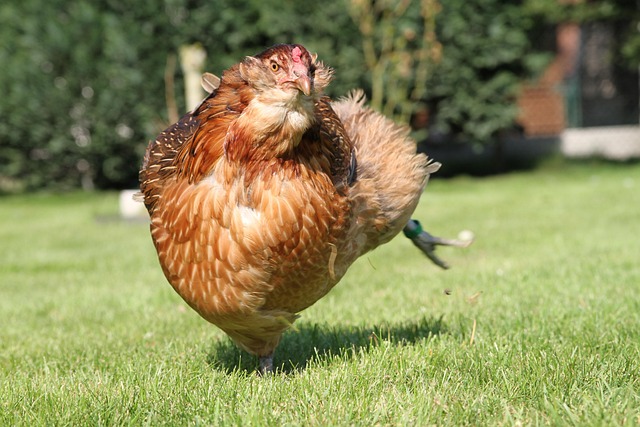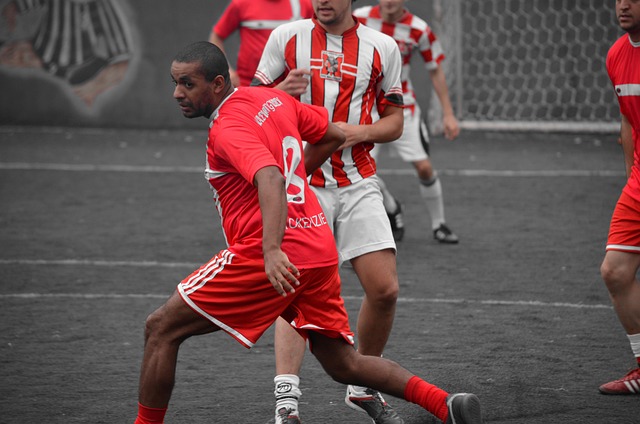
Nocturnal Enuresis
Understanding Nocturnal Enuresis
Nocturnal enuresis, commonly known as bedwetting, is a condition that many may find uncomfortable to discuss, yet it’s more common than one might think. This accidental release of urine during sleep can affect individuals of all ages, from young children to adults. It’s important to shed light on this topic, as understanding it can lead to compassion and support for those who experience it.
What Causes Nocturnal Enuresis?
Bedwetting can occur for a variety of reasons. In children, it is often simply a part of their development as they learn to control their bladder. It is estimated that about 1 in 10 children in the United States experience nocturnal enuresis, with a higher prevalence in younger children. Around 30% of kids aged 7 and under may face this issue, while the numbers drop to about 5% for 10-year-olds.
For some, bedwetting may be linked to deeper medical or psychological conditions, especially in older children and adults. This is known as secondary enuresis, which can be triggered by stress, anxiety, or other underlying health issues. Understanding the root cause is essential for effective management and support.
When Does Bedwetting Become a Concern?
While bedwetting is quite common in younger children, it becomes a concern when it persists beyond the age of 7 and occurs frequently—at least twice a week for three consecutive months. If this is the case, it may be time to consult a healthcare provider who can help diagnose the issue and explore potential solutions.
How Is Nocturnal Enuresis Diagnosed?
A healthcare provider will typically conduct a thorough assessment, which may include:
- Medical History: Understanding the individual’s health background and any family history of bedwetting.
- Physical Examination: A check-up to rule out any physical causes.
- Bladder Diary: Keeping track of fluid intake and instances of bedwetting to identify patterns.
This comprehensive approach can help pinpoint whether the bedwetting is a developmental issue or if it stems from something more complex.
Support and Management Strategies
For those dealing with nocturnal enuresis, there are several strategies that can help manage the condition:
- Encouragement and Understanding: It’s vital to approach the situation with empathy. Children and adults alike may feel embarrassed or frustrated, so offering support can make a significant difference.
- Bedwetting Alarms: These devices can help train the brain to recognize a full bladder during sleep.
- Limit Fluid Intake: Reducing fluids in the evening may help minimize accidents.
- Consulting a Specialist: If the condition persists, it may be beneficial to seek advice from a pediatrician or urologist.
Each individual’s journey with nocturnal enuresis is unique, and finding the right approach may take time and patience.
Final Thoughts
Nocturnal enuresis can be a challenging experience, but it’s essential to remember that it’s a common condition that many people face. By fostering open conversations and understanding, we can create a supportive environment for those affected. Whether it’s a child learning to navigate this phase of life or an adult dealing with underlying issues, compassion and care can go a long way in easing the journey.

















 Socialization in Sociology
Socialization in Sociology 
 Health
Health  Fitness
Fitness  Lifestyle
Lifestyle  Tech
Tech  Travel
Travel  Food
Food  Education
Education  Parenting
Parenting  Career & Work
Career & Work  Hobbies
Hobbies  Wellness
Wellness  Beauty
Beauty  Cars
Cars  Art
Art  Science
Science  Culture
Culture  Books
Books  Music
Music  Movies
Movies  Gaming
Gaming  Sports
Sports  Nature
Nature  Home & Garden
Home & Garden  Business & Finance
Business & Finance  Relationships
Relationships  Pets
Pets  Shopping
Shopping  Mindset & Inspiration
Mindset & Inspiration  Environment
Environment  Gadgets
Gadgets  Politics
Politics 